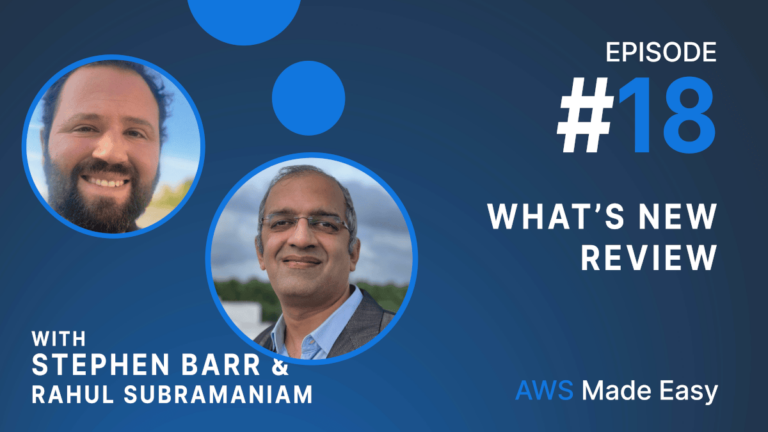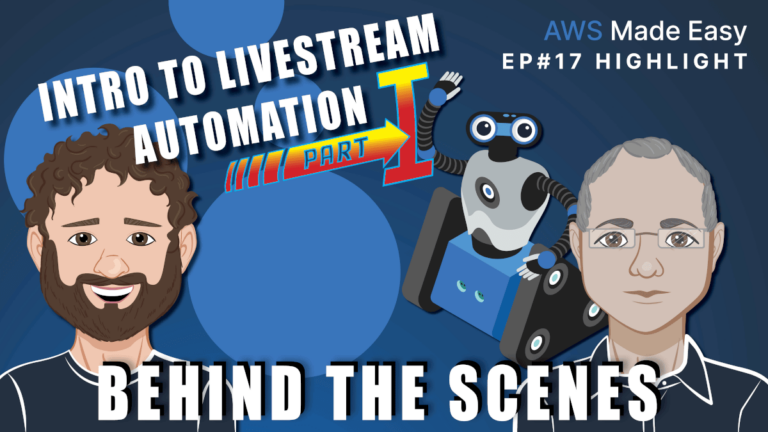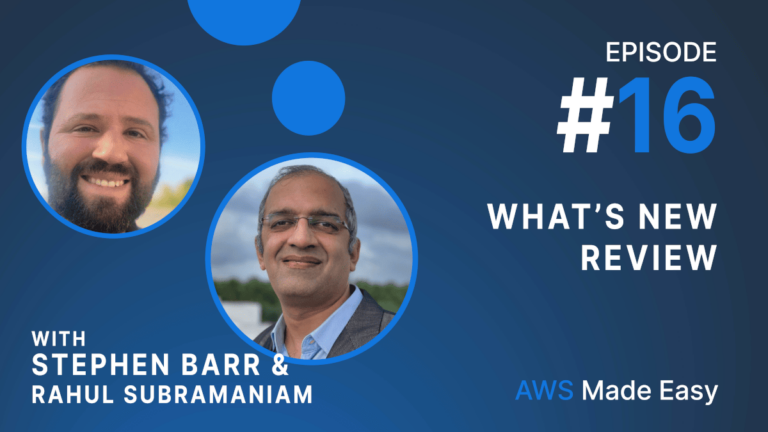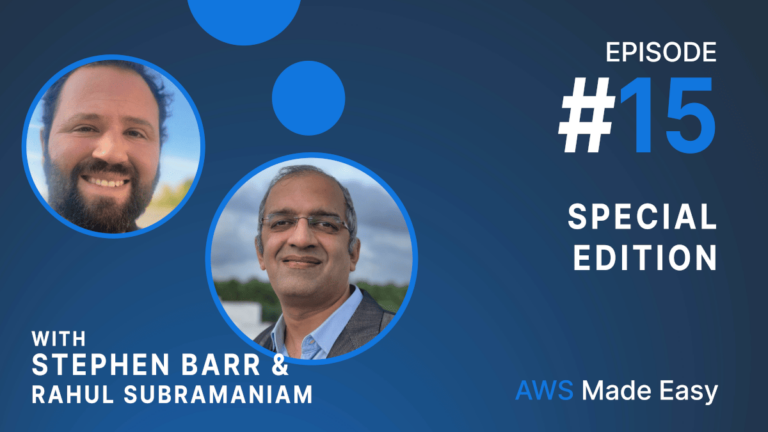Article #1 – AWS Compute Optimizer adds four new Trusted Advisor Checks
Note that both Trusted Advisor and CloudFix can help save money on your AWS bill, and both should be used. The key difference is that CloudFix’s suggestions have no impact on the user, and do not require any changes in order to be implemented. You should use them both!
Article #2 – Lenovo ThinkEdge SE70 device, powered by AWS Panorama, is now available for sale
AWS Panorama devices allow AWS’s image and video recognition algorithms to be used at the edge, meaning situations where high speed / low latency is critical, bandwidth is limited, and/or data cannot leave the physical premises due to data governance requirements.
Try to identify the 1980s factory footage in this segment!
Article #3 – Amazon EFS now supports a larger number of concurrent file locks
In this article, we talk about EFS in general, and how useful it is in maintaining continuity and state when using ephemeral services such as Lambda and spot instances. This announcement increases the number of concurrent file locks from 8000 to 32,000. This greatly increases the usefulness of EFS in some key dimensions. One example would be running databases backed on EFS.
This limitation has been known for some time ( https://ops.tips/blog/limits-aws-efs-nfs-locks/ ), and it is really cool to see an 8x increase in the capabilities of EFS.
Article #4 – Amazon Lex now supports custom vocabulary
We had a lot of fun with this segment. Amazon Lex is AWS’s voice and text recognition service. Rather than simply “transcribing” voice, Lex parses the structure of the language and infers intent. For example, “Book me a flight from San Diego to Seattle” has an intent of “Book a flight” with parameters being “San Diego” and “Seattle”.
With this new feature, Lex can now support custom vocabularies. As an example of this, we use the American Diner Lingo. For example, ordering “Cowboy with spurs, make it cry, extra axle grease, and a mug of murk” would get you a western omelet with fries and onions, some butter, and a black coffee. It would be very difficult for Lex to make sense of this, as Diner Lingo uses words that are not in common parlance in regular conversational English.
Speech recognition interfaces are certainly the future of computing, as is shown in many science fiction movies. I showed one of my favorite scenes from Star Trek 4: The Voyage Home. Amazon Lex is one of the building blocks of the user interfaces of the future.
Article #5 – Amazon EKS Anywhere curated packages are now in public preview
EKS Anywhere is a service to allow AWS’s Kubernetes Cluster Management to work on on-prem clusters. The 10,000ft view is that with EKS Anywhere and these new curated packages, there will be a continuum between EKS Anywhere and EKS in AWS, allowing companies to leverage their existing infrastructure while limiting the amount of parallel effort necessary for managing this infrastructure.




